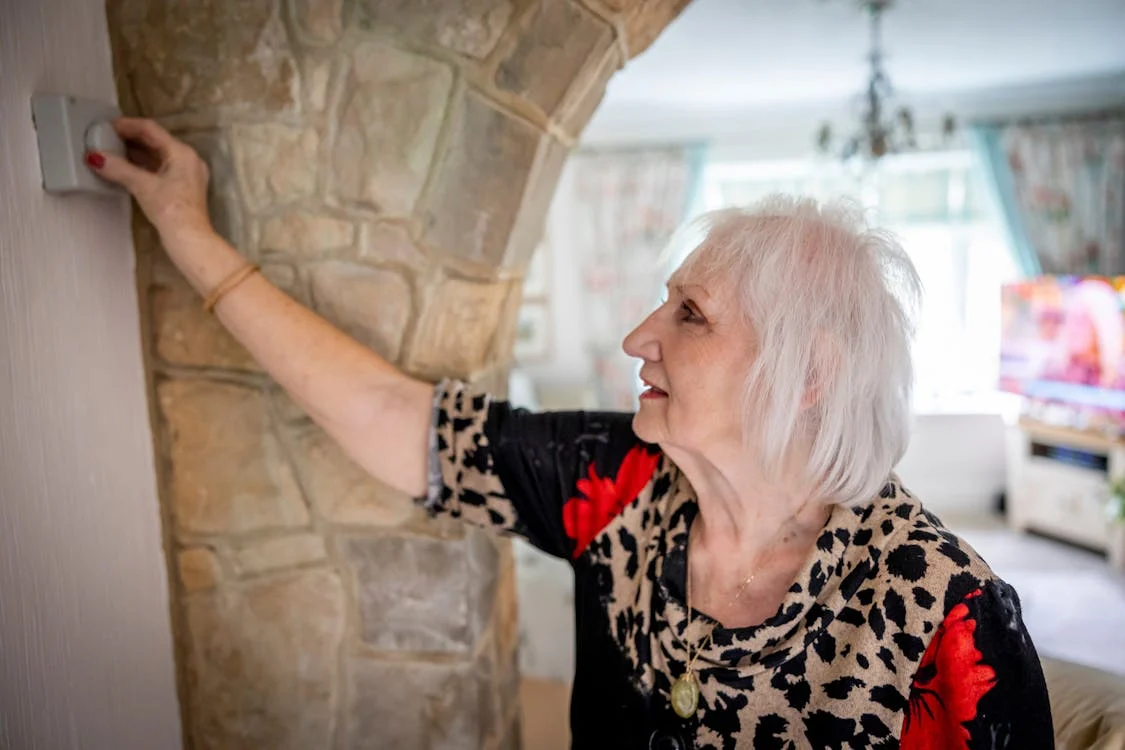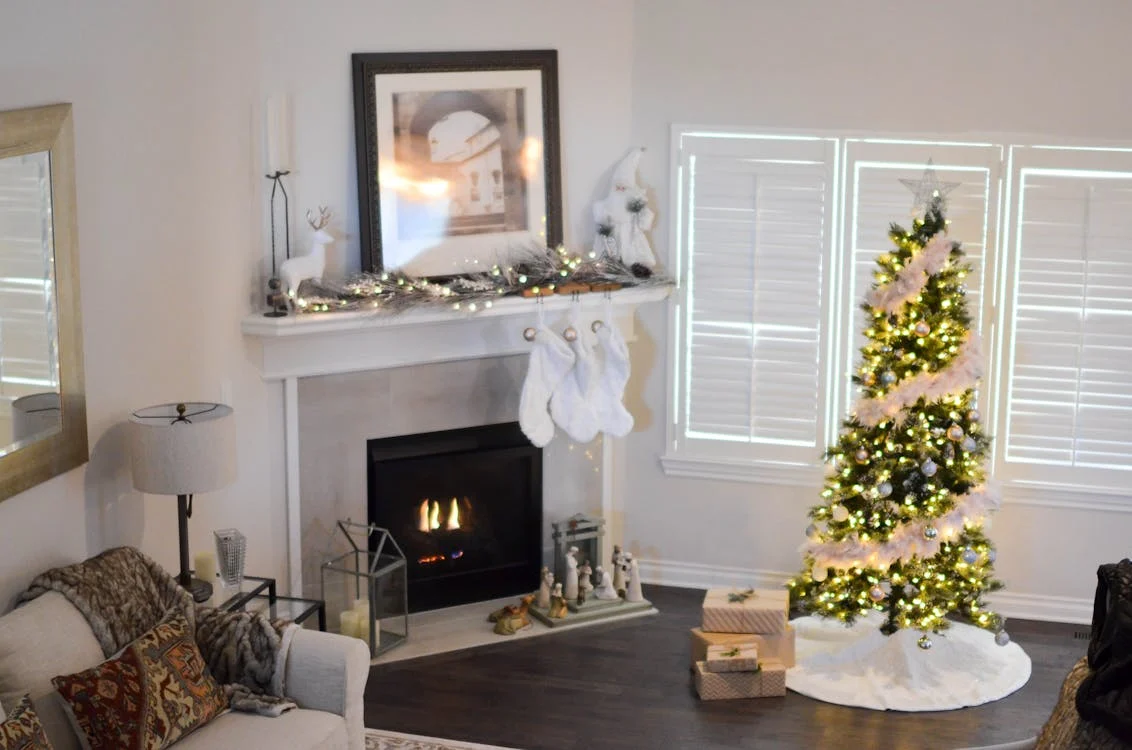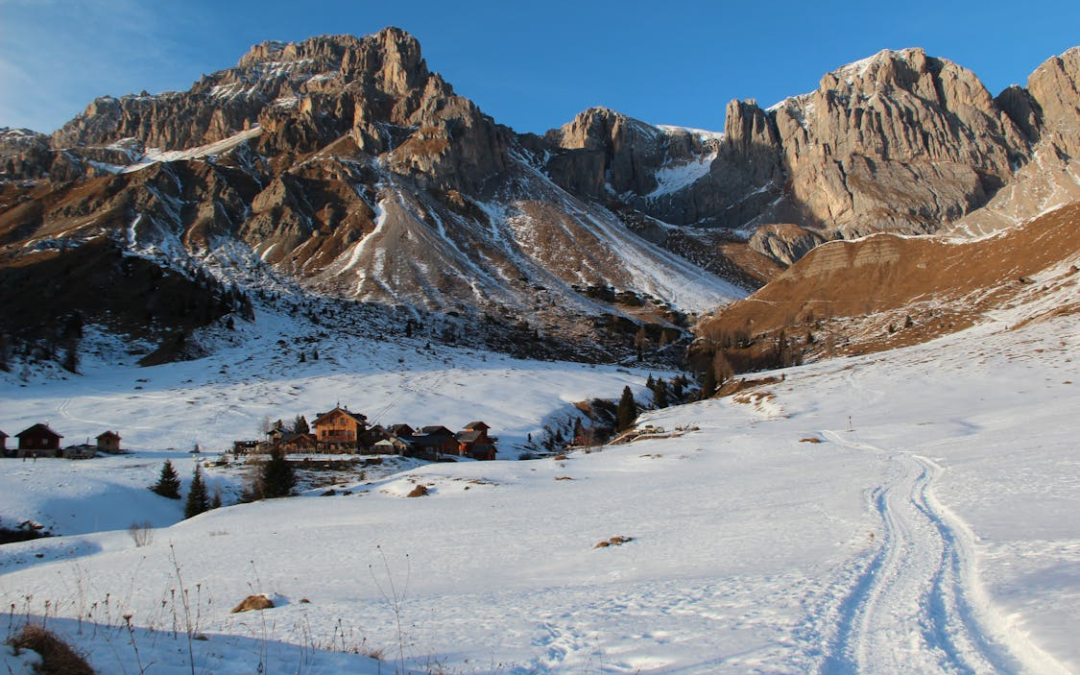Keeping your home warm in winter is about so much more than just being comfortable. If you are not using the right strategies to keep your home warm this winter, you might be paying far too much for your energy bills. Keeping your home comfortable doesn’t have to break the bank, but you do need to be using the right products and protocols to keep your home warm and cozy even when the weather is tough.
Another factor that you need to keep in mind when heating your home in the winter is that you don’t want to be dealing with broken pipes or water leaks. You will need to be sure that you have a plan to keep all of the areas of your home warm enough to protect essential piping that brings water into your house.
Keeping your home warm in the winter is much easier with these tips in mind. You will wonder why you didn’t know about these helpful upgrades and tips sooner!
Ways to Keep Your Home Warm in the Winter
1. Upgrade Your Windows
While most homes don’t have single-paned windows these days, you will find that even older double-pane windows are not helpful when it comes to keeping your home comfortable in cold weather. You will want to be sure that you check out this list of the best windows for cold climates as your windows might be the cause of your high heating bills each winter.
Keeping drafts away from windows and helping to regulate the interior temperature of your home often comes down to having the right windows and doors in place throughout your property. Once you have checked your windows, you should also consider upgrading your front and back doors to make sure that they are also keeping cold air at bay properly.
2. Use Sunlight Wisely
If you get sunshine throughout the day, even during the winter months, you should be sure that you open your blinds on the side of the home that is getting the sunlight. Allowing some sun into your home can help heat up the rooms that are exposed to it, even during the colder part of the year. Once the sun goes away, you can close up the blinds and drapes to keep that warmth trapped in the rooms that got treated to the sun.

3. Make Sure to Circulate the Air
If you have ceiling fans, you should run them on the low setting during the coldest part of the year. Heat rises, but running the ceiling fans will send warm air down to the rest of the room. This process also helps to chase away cold pockets, which can plague any home, even modern ones that are well-insulated. Keeping the air moving will help your heating and cooling systems to function better all year long, no matter what the weather is like outside.
4. Keep the Blinds and Drapes Closed When It’s Gloomy and Cold
When you keep the blinds and drapes closed when the weather is chilly and miserable out, you will keep drafts from impacting the rest of the room. If there is no sun to allow into your home, you don’t need to let the chilly spaces around the windows bleed over into the rest of the room. Many people do not realize just how much blinds and drapes insulate window spaces against the cold. Keeping the windows covered can also reduce your heating costs when the weather is particularly chilly each winter.
5. Close Up Rooms That You Aren’t Using
If you have spaces in your house that you never use, such as a spare bedroom, or rooms that you almost never go into, you should keep the doors to these rooms closed during the winter. You will save money by keeping warm air in the central parts of your home where you spend the most time just by closing off these areas that might not stay as warm without help from the furnace. Many people don’t realize how many spaces in their homes don’t actually get daily use until they try this tip out.
This is particularly true for areas like sunrooms or indoor/outdoor spaces that might be extra chilly in the winter. Your HVAC system will have to work much harder to keep these spaces cozy, so you should just close them off from the main part of the home to prevent heating them unnecessarily.
6. Upgrade Thermostats
Thermostats can age just like everything else. Even if your thermostat looks like new and you haven’t noticed that any part of its performance is less than ideal, it might still be unable to accurately detect the temperature in your home. New thermostats are better than ever at detecting changes in temperature and are often connected to smart home functions that can help you set heating and cooling times based on your schedule.
You can also connect your new smart thermostat to a weather app so that it can slowly heat and cool your home based on incoming weather and fluctuations in temperature. You and your family will be far more comfortable, and you will save money once you have a smart thermostat in place in your home.

Keeping Your Home Warm in Winter Doesn’t Have to Be Stressful
Many people lose sleep over the thought of their energy bill each winter, and others just dread having cold spots throughout their homes that are hard to banish as the weather gets challenging. If you have been struggling with issues with hot and cold spots in your home or huge heating bills, these tips will help you to ensure that you can afford to be comfortable all year long without breaking the bank.
Keeping your home warm in winter can be far easier than you might think. These tips and tricks will help you to take the guesswork out of keeping your home at the perfect temperature, even when the weather is chilly, icy, or snowy.

Recent Comments